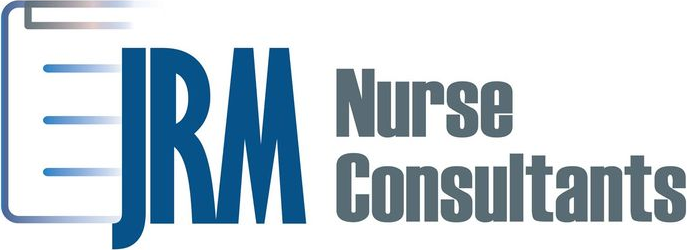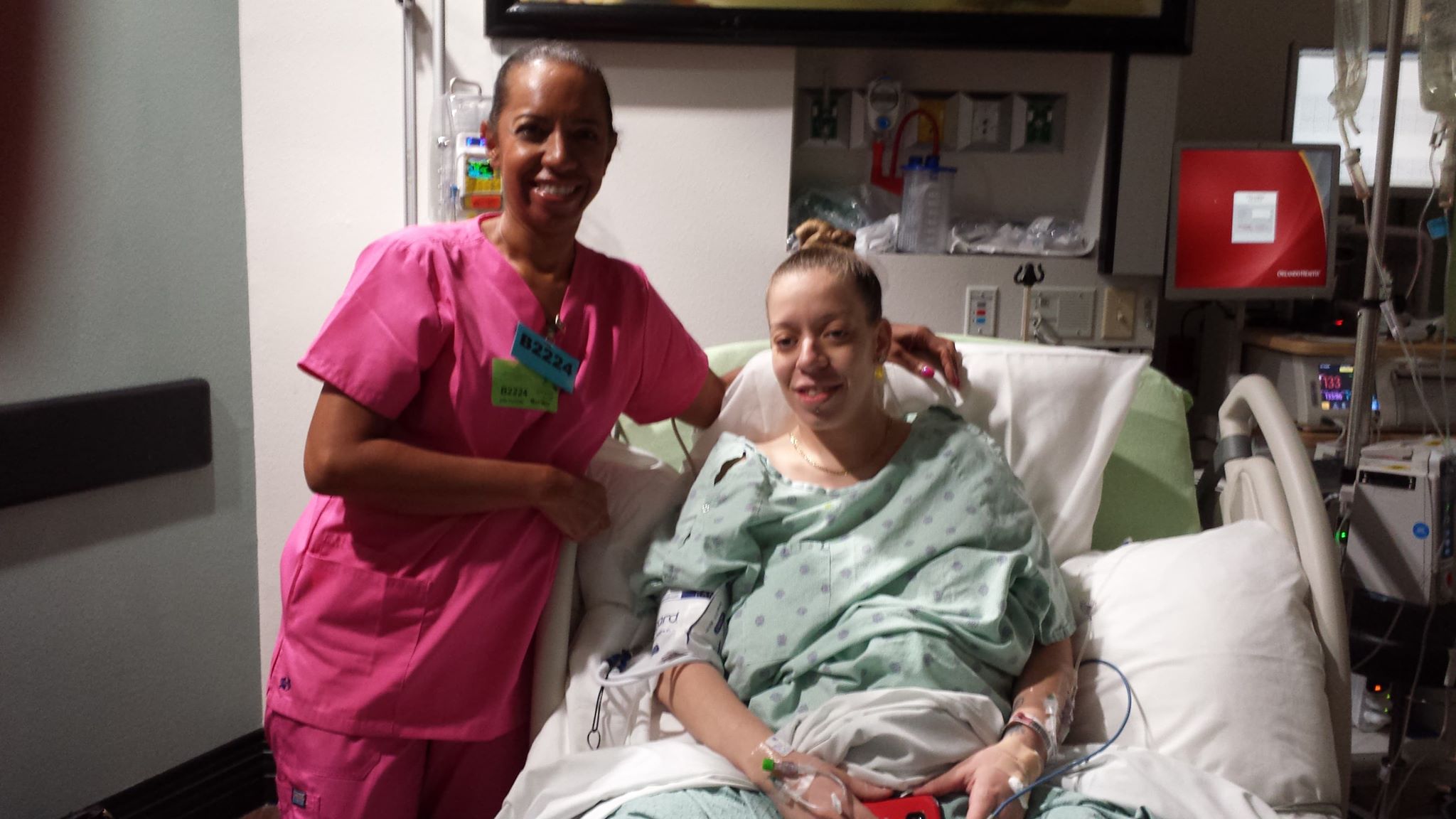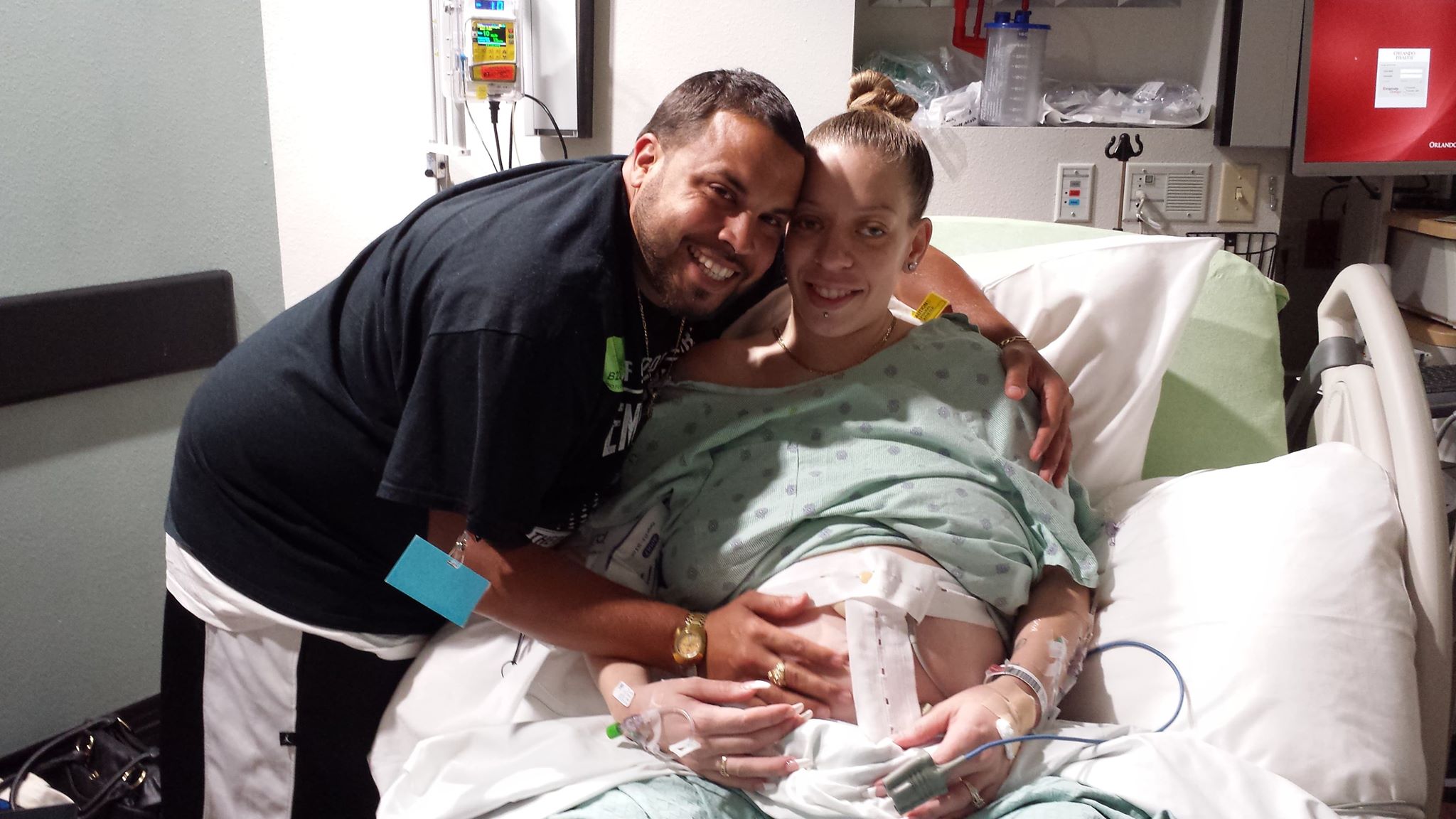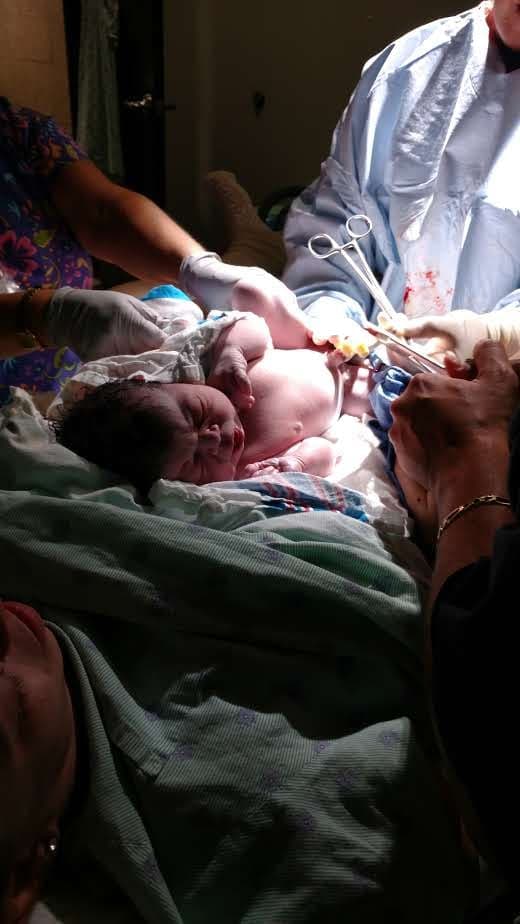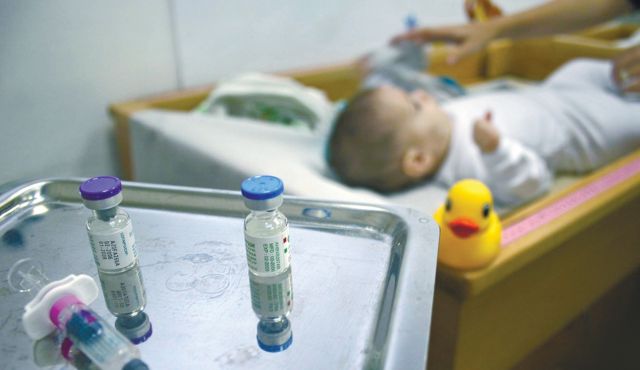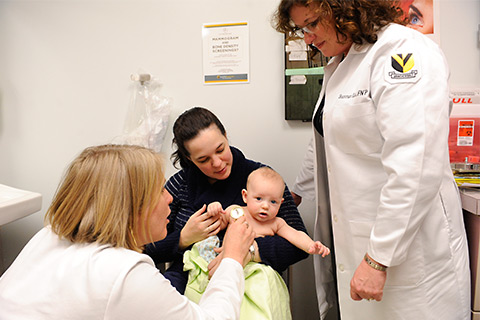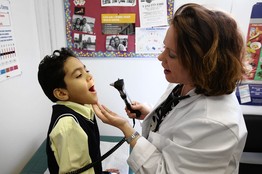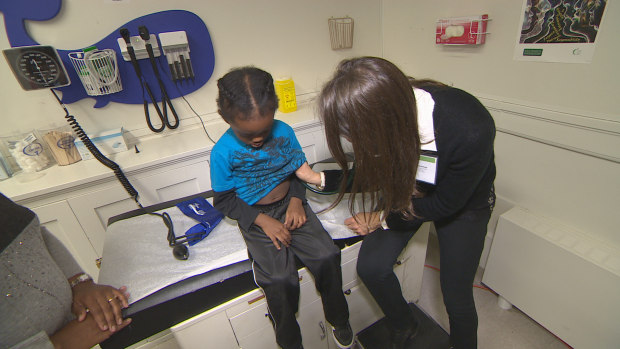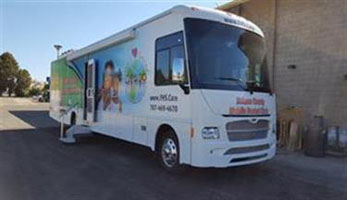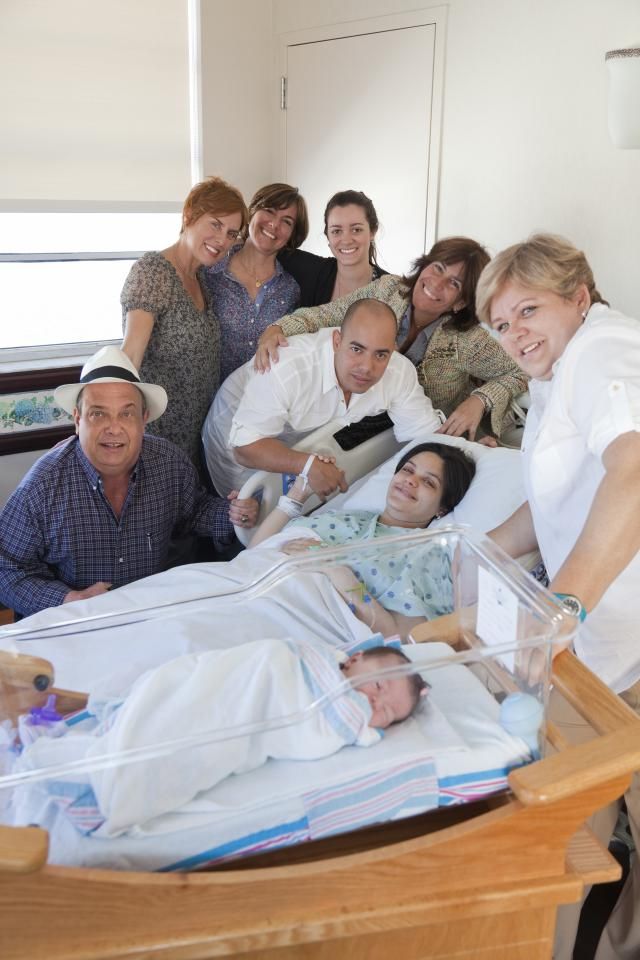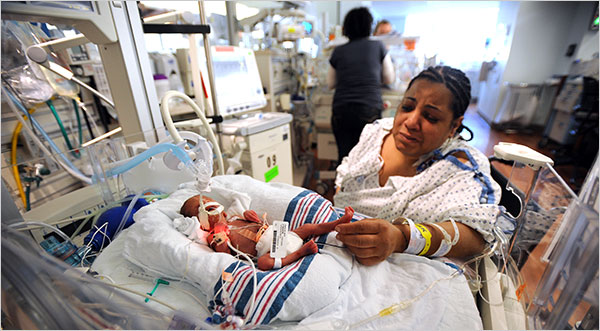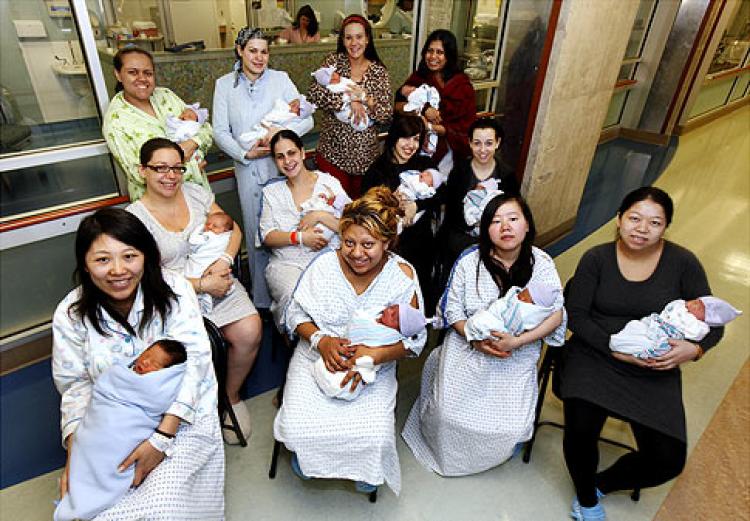Most recently I was contacted by a mother to be who was interested in having a doula at her birth. She was very excited to have a natural childbirth because she had heard about horror stories when women went into labor and their doctor rushed them through the delivery. Much to her disatisfaction, she was told that she could not have a doula and her family in the room at the time of delivery, she had to make a choice because the doctor did not want that many people watching. I let her know that the choice was ultimately hers as we are not friends or family but we are part of the medical team helping the moms to be through labor and delivery. She decided that she would go with her family in the room and hope for the best.
Delivery day came and she was very excited to give birth, what she did not anticipate was being in labor for almost 2 days with a failure to progress. She received her epidural the minute that she arrived there and she thought surely she would deliver within a few short hours. Well, she notes that was not the case after she failed to progress. The Epidural slowed the labor down and because she was bed bound, she was not able to put all the labor tips into action to help herself along. She ended up with a C-section for failure to progress. The good part is that both mom and baby are doing great, the sad part as she put it was that she was never given an opportunity to try to birth her baby naturally before she was offered an epidural the minute she walked in the door.
The benefits of having a doula documented by the 2017 Cochrane Review indicated that having continuous support for women during childbirth, showed positive outcomes when a doula was part of the birth team. When a doula is present, it decreases the chances of having pain medications, c sections, and it helps the mother have a positive birth experience that she will remember for life.
Here is the study that was done by the Cochrane Review https://www.cochrane.org/CD003766/PREG_continuous-support-women-during-childbirth
- Review: 26 studies on the effectiveness of continuous support during labor, which can include doula assistance. The studies included more than 15,000 women from a variety of backgrounds and circumstances.
- Results: “Continuous support during labor may improve outcomes for women and infants, including increased spontaneous vaginal birth, shorter duration of labor, and decreased cesarean birth, instrumental vaginal birth, use of any analgesia, use of regional analgesia, low five-minute Apgar score, and negative feelings about childbirth experiences. We found no evidence of harms of continuous labor support.”
- Quick birth terminology lesson: “Analgesia” refers to pain medication and “Apgar score” is how babies’ health is assessed at birth and shortly afterward — the higher the score, the better.The researchers also looked to see if the type of support made a difference. They wanted to know—does it matter who birthing persons choose for continuous support? Does it matter if they choose a midwife, doula, or partner for continuous support? The researchers were able to look at this question for six outcomes: use of any pain medication, use of Pitocin during labor, spontaneous vaginal birth, Cesarean, admission to special care nursery after birth, and negative birth experiences.For two of these outcomes (designated with asterisks*), the best results occurred when a birthing person had continuous labor support from a doula– someone who was NOT a staff member at the hospital and who was NOT part of their social network. The researchers found that overall, people who have continuous support during childbirth experience a:
- 25% decrease in the risk of Cesarean; the largest effect was seen with a doula (39% decrease)*
- 8% increase in the likelihood of a spontaneous vaginal birth; the largest effect was seen with a doula (15% increase)*
- 10% decrease in the use of any medications for pain relief; the type of person providing continuous support did not make a difference
- Shorter labors by 41 minutes on average; there is no data on if the type of person providing continuous support makes a difference
- 38% decrease in the baby’s risk of a low five minute Apgar score; there is no data on if the type of person providing continuous support makes a difference
- 31% decrease in the risk of being dissatisfied with the birth experience; mothers’ risk of being dissatisfied with the birth experience was reduced with continuous support provided by a doula or someone in their social network (family or friend), but not hospital staff
The rate of special care nursery admissions was no different between people who received continuous support and those who received usual care. The rate of Pitocin was also no different but there was a trend towards more Pitocin with continuous support from hospital staff and less Pitocin with continuous support from a doula.
If you have questions about your birthing plan, contact us for a complimentary 20 minute call to discuss your concerns 407-760-1662 or email us at info@windermerebabyandfamily.com
